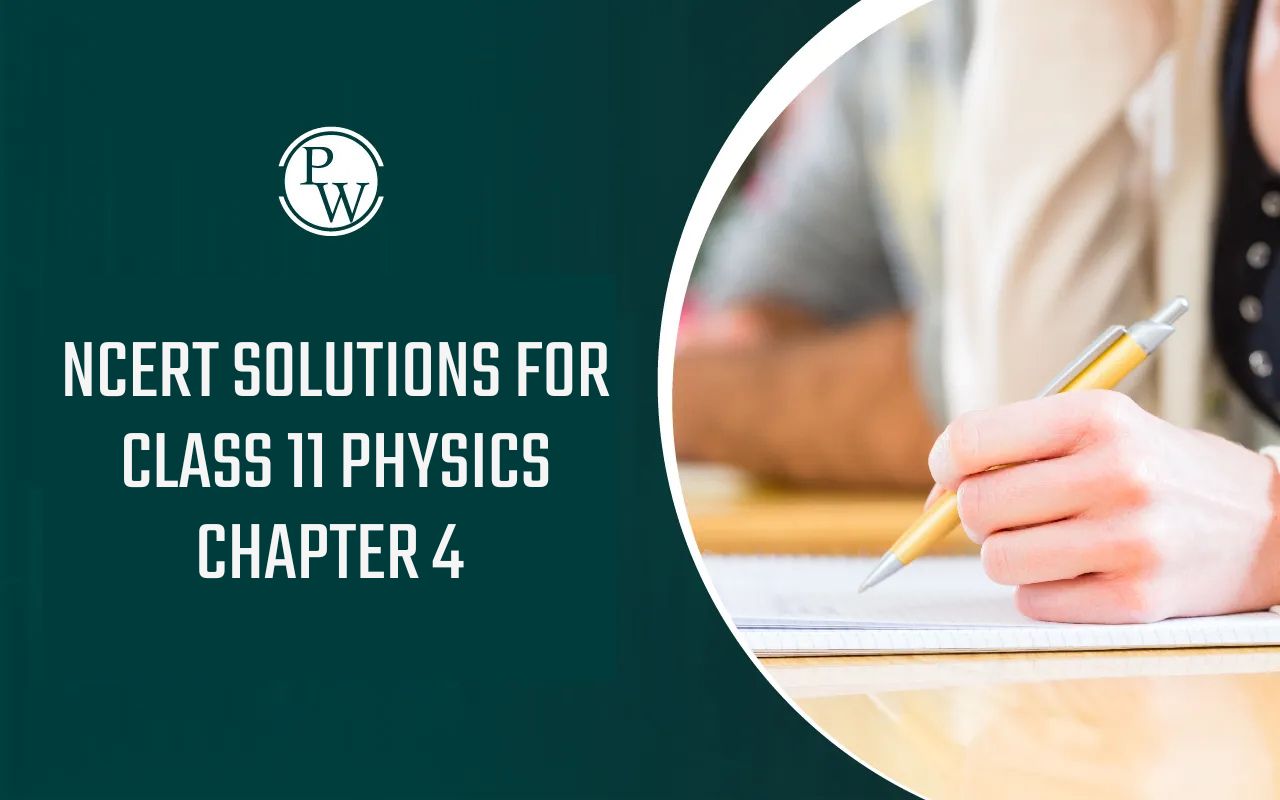
Relation Between Degree Of Dissociation And Vapour Density
Ionic And Chemical Equilibrium of Class 11
Degree of Dissociation:
Degree of dissociation may be defined as the fraction of a mole of the reactant undergoing dissociation. It is usually denoted by 'α'.
a = number of moles dissociate/number of moles present initially = Percentage Dissociation/100
For example, let us consider the reaction
2SO 3 (g) ⇄ 2SO 2 (g) + 1/2O 2 (g)
Let the initial moles of SO 3 be 'a' and the moles of SO 3 dissociated at equilibrium be 'x'.
2SO3(g) ⇄ 2SO 2 (g) + 1/2O 2 (g)
Initially a 0 0
At equilibrium a–x x x/2
Now if x moles dissociate from a moles of SO
3
, then degree of dissociation of SO
3
would be x/a.
If the moles dissociated would have been 2x', then
2SO 3 (g) ⇄ 2SO 2 (g) + 1/2O 2 (g)
Initially a 0 0
At equilibrium a–2x ' 2x ' x'
α = 2X/a'
Let us now derive the relation between vapour density and the degree of dissociation.
Assuming gaseous components at equilibrium behaves ideally, we can apply ideal gas equation.
PV = nRT = W/m *RT
M = w/v x RT/P = ρRT/P
V. D. = ρRT/2nRT x v = ρV/2n [since molar mass = 2 × V.D.]
Since P = nRT/V
V.D. = ρRT/2nRT x V = ρV/2n
For a reaction at equilibrium, volume of the vessel (V) and density of gaseous mixture (ρ) is a constant.
V. D. ∝ 1/n
Total moles at equilibrium/Initial number of moles = Vapour density initial/Vapour Density at equilibrium
Let us consider a general equilibrium reaction,
A(g) ⇄ nB(g)
Initially c 0
At equilibrium c(1−α) cnα
Total moles at equilibrium = c − cα + cnα = c[1 + α(n−1)]
Let the initial vapour density and the vapour density at equilibrium be D and d respectively.
c[1 + α (n - 1)]/c = D/d
1 + α(n−1) = D/d
α = (D-d)/(n-1)d
Knowing the value of D and d, α can be calculated.
For example,
SO 3 (g) ⇄ SO 2 (g) + ½O 2 (g)
Initially c 0 0
At equilibrium c − cα cα cα/2
Total moles at equilibrium =
c(1 + α/2)
c(1 + α/2)/c = D/d
α = (2(D-d)/d)
[Note: This method is valid only for those equilibrium reactions whose Kp exists and Δn ≠ 0 i.e. equilibrium having at least one gas and no solution component]
Also Check




